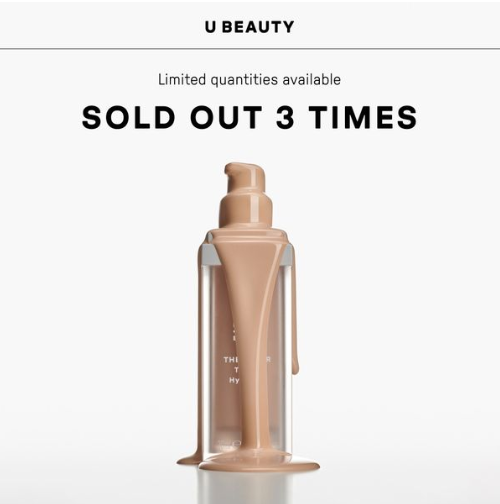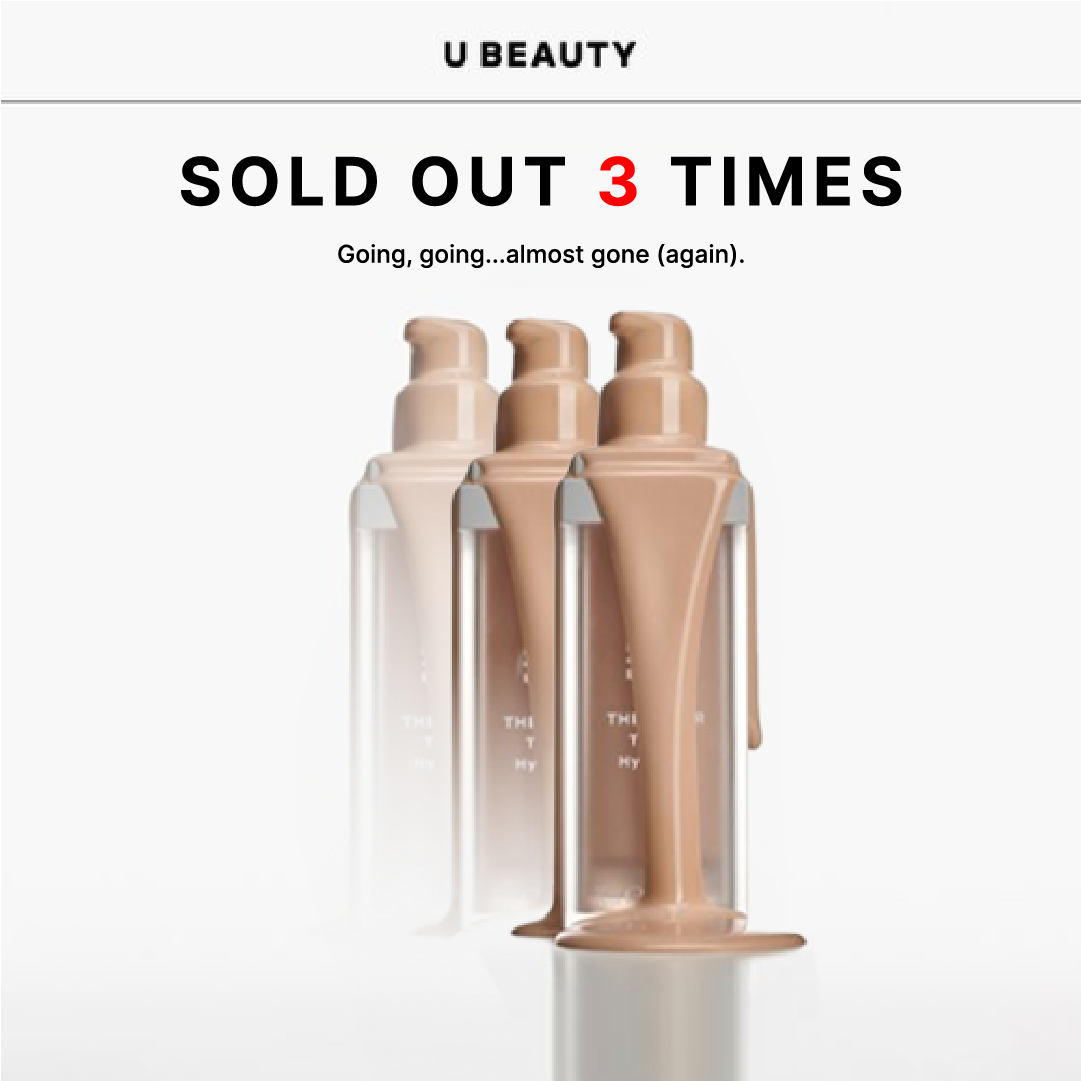Definition
Scarcity principle. Marketing’s favorite magic trick.
It’s simple. We want what we can’t have. Or what we think we can’t have for long.
Limited edition sneakers? One-of-a-kind art? A deal that’s “ending soon”? We’re all over it.
Why? Our brains are wired to hate losing out.
Losing $20 ruins your day. Finding $20? Just a nice bonus. Our brains are weird like that.
When something’s scarce, our inner voice starts screaming: “Grab it now or regret it forever!”
But FOMO’s only half the story.
Scarcity also makes us feel special. Part of an exclusive club.
Hard to get must also mean high quality, right? It’s why we go nuts for anything “limited edition”.
Makes us feel unique. Important. Like we’ve got the golden ticket.
What This Means for Your Marketing
Scarcity sells. Use it to turn “meh” into “must-have”.
Think of it this way: limited quantity + time pressure + exclusivity = more sales.
Unlimited stock, no urgency, available everywhere? That’s a recipe for “I’ll think about it”.
Scarcity shapes eCommerce ads like this:
- Limited Quantity: “Only 5 left!” Amazon’s been doing this for years. It works.
- Time Pressure: “Sale ends in 2 hours!” Booking.com’s countdown timers are anxiety in pixel form.
- Exclusivity: “Limited edition”. Supreme’s entire business model. People line up for days.
But first, a gentle reminder that you can’t fake scarcity – real scarcity drives action. Fake scarcity drives customers away:

Key Points
- FOMO fuel: Creates that “act now or regret later” feeling
- Value booster: Scarce things seem more valuable. Economics 101
- Exclusivity maker: Limited stuff makes us feel special
- Urgency creator: Puts a fire under people’s decision-making process
- Attention grabber: “Sales ends tonight” stands out more than “Buy now”
Why It Works
Why Scarcity Works:
- Loss Aversion: We hate losing more than we love winning. “Last one!” hits harder than “New in stock!”.
- FOMO (Fear of Missing Out): Social media made this famous, marketers made it profitable. “Limited time offer” is basically FOMO.
- Perceived Value: Rare means valuable. It’s why we think Picassos are priceless but prints are worthless. Same picture, different price tag.
- Urgency: Scarcity puts our decision-making into hyperdrive. “Buy now or cry later” is a powerful motivator.
- Social Proof: If it’s running out, others must want it.
- Uniqueness Bias: We all think we’re special. Limited edition anything feeds the ego.
- Reactance Theory: Tell someone they can’t have something, suddenly it’s all they want. Reverse psychology for grown-ups.
Real-World Example
Let’s look at three scarcity-themed ads that could use a makeover:
HERS weight loss wonder
The original: New product energy, but scarcity’s taking a bit of a backseat.
They’ve got:
- Clear headline (Weight loss without the wait)
- Product shot front and center
- “Now in stock” and “NEW” badges

But it’s like they’re whispering “We’ve got a thing” instead of shouting “Get it or regret it!”
Hover over the slider below to see the before and after.


The makeover:
- Scarcity language: “GET YOURS WHILE STOCKS LAST” > “NOW IN STOCK”. From “we have it” to “it might vanish”.
- Show scarcity: It’s all well and good talking about urgency, but let’s take it up a notch and show scarcity in action by introducing another hand. Show, don’t tell.
- CTA upgrade: “GET YOURS” > no CTA. Telling people what to do works.
Sunday Riley’s retinol revolution
The original: Decent urgency attempt, but about as scarce as skincare influencers.
They’ve got:
- Big, bold “50% OFF”
- “Today ONLY!” screaming for attention
- Product shot looking all science-y

The glow-up:
- Time specificity: “Ends 8pm” > “Today ONLY!”. From vague to “set your alarms”.
- Price anchoring: Added “$90 $45”. Communicate the saving in $ terms.
- Visual drama: “Disappearing” product shot. Again, show urgency, don’t just say it.


U Beauty’s sell-out sensation
The original: Decent, if unspectacular FOMO attempt. They’ve got:
- “SOLD OUT 3 TIMES” in big letters
- “Limited quantities available” whispering above
- One lonely product shot looking exclusive

The scarcity boost:
- Visual proof: Three bottles > one bottle. Two of which are in various stages of disappearing, reinforcing the top headline.
- Color pop: “3” in red. Use colour psychology to grab attention, then distribute it to other elements of the ad.
- Urgency copy: “Going, going…almost gone (again).” Beauty auctioneer vibes.


6 Steps To Execute Beautifully
- Time is of the Essence: Don’t just say “Limited Time”. Say “Ends 8pm”. Specificity is the soul of scarcity.
- Show, Don’t Just Tell: Want to say something’s running out? Show it disappearing. Visual scarcity > verbal scarcity.
- Number Crunch: “50% OFF” is good. “$90 $45” is better. People love seeing exactly what they’re saving.
- Color Code Your Urgency: Use red for urgency messaging. It’s like a visual alarm clock for your offer.
- Social Proof Your Scarcity: “SOLD OUT 3 TIMES” beats “Limited Stock” any day. If others want it, we want it more.
- CTA Like You Mean It: Tell people what to do. They secretly love it.
Potential Pitfalls
- The Boy Who Cried Wolf Syndrome: Overuse scarcity and you’ll become that shop with the never-ending “closing down” sale.
- Legal Landmines: Fake scarcity is like fake news, but with lawsuits. Some places have laws against it.
- The Pressure Cooker Effect: Push too hard and customers might push back. Nobody likes feeling manipulated, even if the deal is good.
- Scarcity Bubble: When everything’s “limited edition”, nothing is.
- Quality Perception: Too much scarcity can make you look desperate. “Last chance!” every week? Sounds like nobody’s buying.

